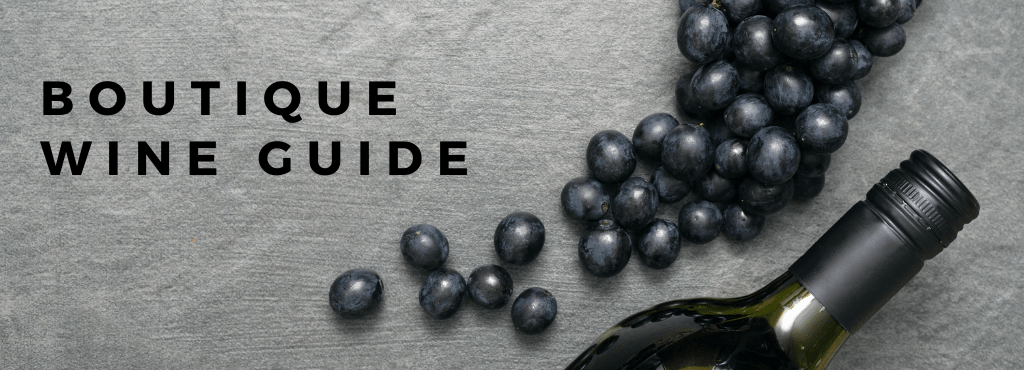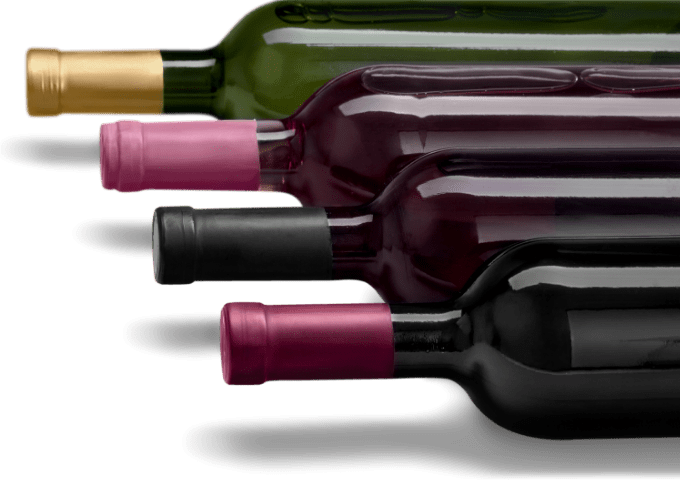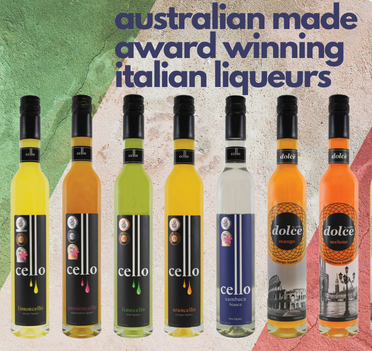Top rated

Ultimate Guide To Boutique Wine
The Ultimate Guide to Boutique Wine
In today’s rapidly evolving global marketplace, discerning consumers are constantly searching for products that resonate with their desire for quality, authenticity, and individuality. Among the many industries experiencing a surge in demand, winemaking stands out as one of the most dynamic and evolving sectors. Boutique wines, often referred to as artisanal or small-batch wines, are capturing the hearts of wine enthusiasts worldwide. These wines provide a fresh, creative approach to winemaking, offering consumers something extraordinary without necessarily breaking the bank.
What Is Boutique Wine?
Boutique wine refers to high-quality wine produced in limited quantities, often by independent or family-owned wineries. These winemakers prioritise craftsmanship and innovation over mass production, resulting in unique, expressive, and meticulously crafted wines.
Because boutique wines are made on a smaller scale, they are often considered rare treasures. While they may be priced higher than mass-market wines, their exceptional quality and distinctiveness make them a worthwhile indulgence for many wine enthusiasts.
What Is Small-Batch Wine?
Small-batch wine refers to wine produced in limited quantities, typically using traditional, hands-on methods. These wines are frequently crafted by smaller, independent producers who value quality over quantity. The small-batch approach enables winemakers to focus on every aspect of production, from vineyard practices to fermentation, resulting in wines that reflect the unique character of their terroir.
Why Choose Small-Batch Wine?
Small-batch wines are celebrated for their diversity and complexity. Unlike mass-produced wines, these artisanal creations often feature unique flavour profiles influenced by the soil, climate, and winemaking traditions of the vineyard's location. Whether you’re hosting a dinner party, searching for the perfect gift, or simply looking to expand your palate, small-batch wines offer a memorable experience.
Spotlight on Boutique Varietals: Merlot and Shiraz
Boutique winemakers often specialise in specific grape varietals, creating distinctive interpretations of classics like Merlot and Shiraz.
Merlot: Elegance in Every Sip
Merlot is a grape varietal celebrated for its soft, plush texture and accessible flavour profile. Originating from Bordeaux, France, Merlot is now cultivated worldwide, with boutique producers in Australia, California, and beyond offering unique expressions.
Boutique Merlot wines often feature lush notes of ripe cherries, blackberries, and plums, complemented by subtle hints of chocolate, vanilla, and spices. Depending on the vineyard’s terroir, Merlot can range from bright and fruity to rich and earthy. Its versatility makes it an ideal pairing for dishes like roast chicken, grilled vegetables, or creamy pasta.
Shiraz: Bold and Beautiful
Shiraz, known as Syrah in France, has gained international acclaim, particularly in Australia, where regions like the Barossa Valley and McLaren Vale produce some of the world’s finest examples. Boutique Shiraz wines are renowned for their intense flavours, including blackberry, black pepper, and smoky undertones.
These wines are typically full-bodied with firm tannins and a lingering finish, making them a perfect match for hearty dishes like barbecued ribs, spicy stews, or aged cheddar. Boutique Shiraz producers often experiment with aging techniques, such as using French oak barrels, to add depth and complexity to their wines.
What Countries Produce the Most Boutique Wines?
While boutique wineries can be found globally, certain countries have established themselves as leaders in artisanal winemaking. The top producers include:
1. Italy: Famous for its diverse wine regions and indigenous grape varietals.
2. France: The birthplace of iconic styles, including Bordeaux and Burgundy wines.
3. Spain: Known for bold, expressive wines like Tempranillo and Garnacha.
4. Australia: A hotspot for innovative Shiraz, Cabernet Sauvignon, and Chardonnay.
5. Chile: Celebrated for its vibrant, fruit-forward reds and whites.
How to Taste and Evaluate Boutique Wines
Tasting boutique wines is an art form that enhances your appreciation for their craftsmanship. Here are some tips to guide your tasting journey:
1. Examine the Wine's Appearance: Tilt the glass and observe the wine’s colour. A Merlot might display deep ruby hues, while Shiraz often boasts a darker, inky tone.
2. Take in the Aroma: Swirl the wine to release its aromas. Look for key scents—Merlot might present red fruit and chocolate notes, whereas Shiraz offers a mix of dark berries and spices.
3. Savour the flavour: Take a small sip, letting the wine coat your palate. Note the body (light, medium, or full), acidity, and tannins. Reflect on the flavours—are they fruity, earthy, or smoky?
4. Consider the Finish: A high-quality boutique wine will leave a lasting impression, with its flavours lingering on the palate.
Common Tasting Terms to Know
Understanding wine terminology can enrich your tasting experience. Here are some key terms:
- Body: Refers to the weight of the wine in your mouth. Merlot is typically medium-bodied, while Shiraz leans toward full-bodied.
- Tannins: The compounds that give the wine its structure. Shiraz often has firm tannins, adding to its bold character.
- Aroma: The scent of the wine, which can range from fruity and floral to earthy and spicy.
- Finish: The lingering taste after swallowing, is a hallmark of a great wine.
Discovering Boutique Wines
Exploring boutique wines is a rewarding adventure. Start by visiting local wine shops, attending tastings, or exploring online marketplaces like Cellars Market. Many boutique wineries offer direct-to-consumer sales, providing access to rare, small-production gems.
Whether you’re savouring the silky elegance of a boutique Merlot or the bold complexity of a Shiraz, boutique wines invite you to celebrate the artistry and passion of winemaking. To Life!























































 Login with Google
Login with Google
